
Vueron Newsletter
No. 106
2024.04.12
| China’s Didi, GAC Aion to mass produce robotaxis next year | ||
| LG Innotek looks to take on sensor market with advanced LiDAR | ||
| GAC Group, HESAI forge partnership to co-build intelligent driving products | ||
| GM’s Cruise robotaxis are back in Phoenix — but people are driving them |
1. China’s Didi, GAC Aion to mass produce robotaxis next year
- Didi Global announced that its self-driving unit, in collaboration with EV maker GAC Aion, has received a business license.
- The joint venture, named Andi, will focus on mass production of fully self-driving electric robotaxis in China.
- They plan to introduce a crossover electric SUV as their first model, with production starting in 2025.
- Zhang Xiong from GAC Aion emphasized the venture’s pioneering role in the autonomous driving industry and its aim to establish L4 commercial routes and closed-loop business models.
- The issuing authority for the license was not specified.
- The Andi joint venture was established in the previous year, with Didi Autonomous Driving receiving funding from GAC Group’s subsidiary, GAC Capital.
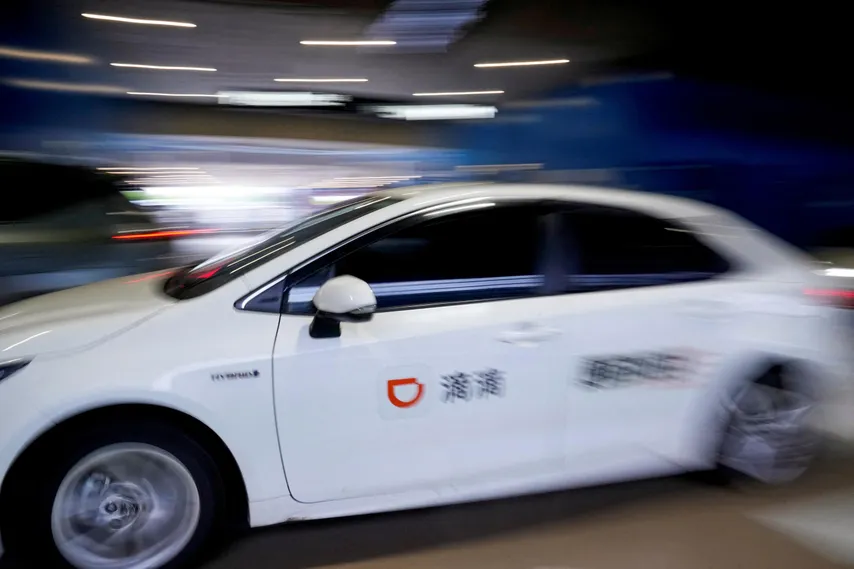
The collaboration between Didi Global and GAC Aion signals China’s growing investment and interest in autonomous driving technology. The joint venture’s focus on mass-producing self-driving electric vehicles reflects the industry’s shift toward sustainable mobility solutions.
2. LG Innotek looks to take on sensor market with advanced LiDAR
- LG Innotek has developed high-performance LiDAR sensors for self-driving cars to enhance its presence in the global ADAS market.
- LiDAR technology employs infrared light to measure distances, providing vehicles with a 3D view of their surroundings.
- The demand for LiDAR is expected to surge as autonomous driving progresses, with the number of LiDARs per vehicle projected to increase significantly.
- LG Innotek’s new LiDAR can detect objects up to 250 meters away, with tripled detection distance in adverse weather conditions compared to existing products.
- The extended detection range enables autonomous vehicles equipped with LG Innotek’s LiDAR to travel at speeds of up to 90 kilometers per hour.
- LG Innotek aims to leverage its expertise in smartphone camera modules to lead the automotive sensing market, focusing on ADAS solutions including LiDAR and radar.
- The global LiDAR market for self-driving cars is anticipated to grow rapidly, reaching $11.2 billion by 2030 and $17.5 billion by 2032, according to Yole Intelligence.
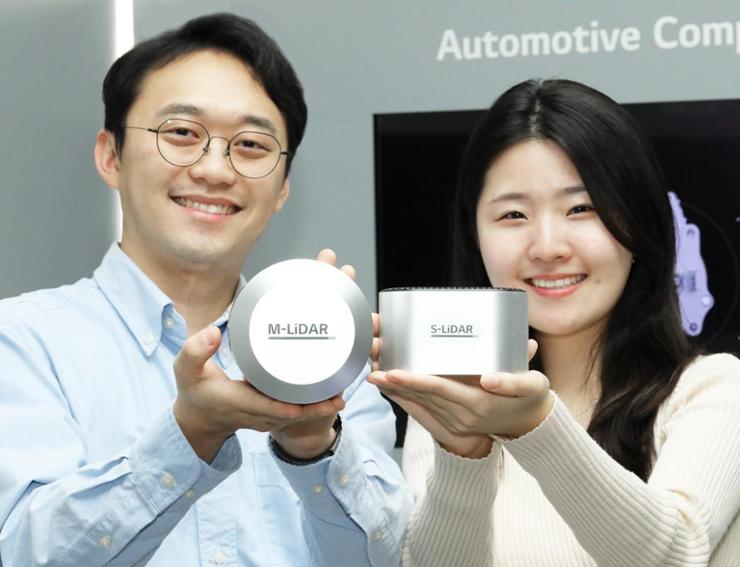
LG Innotek’s entry into the LiDAR market underscores the growing importance of advanced sensing technologies in the automotive industry, particularly for autonomous driving. The company’s focus on extending detection range and enhancing performance in adverse conditions aligns with the evolving needs of self-driving vehicle systems.
3. Toyota signs Huawei to help accelerate smart driving development
- Toyota is collaborating with Huawei and Momenta to integrate a system into its global vehicles, focusing on safety and automation enhancements.
- Huawei will provide the hardware, Momenta will supply the software, and Toyota will oversee the user experience and final integration.
- The partnership aims to enhance driver-assist technologies and advance Toyota’s vehicles towards higher levels of autonomy.
- An official announcement is expected at the upcoming Beijing Auto Show, signaling the importance of the Chinese market in this collaboration.
- Toyota’s previous partnerships with Huawei and investment in Momenta’s Series C funding highlight its commitment to leveraging advanced technologies.
- In the Chinese market, Toyota faces challenges with its current EV offerings, making the adoption of advanced smart driving systems crucial for enhancing competitiveness and reshaping its technological image.
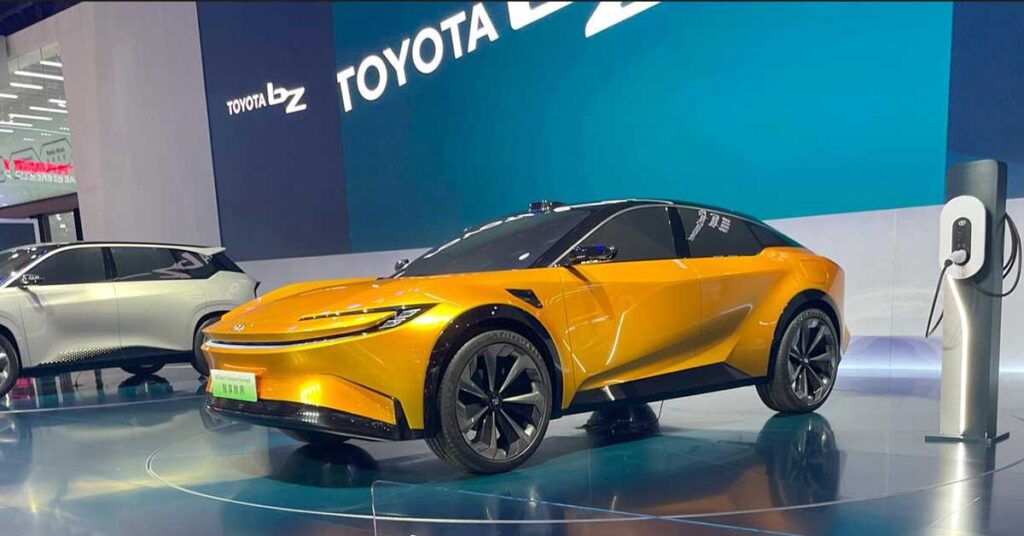
Toyota’s collaboration with Huawei and Momenta reflects the automotive industry’s trend toward partnerships to accelerate innovation, particularly in the fields of safety and automation.
4. GAC Group, HESAI forge partnership to co-build intelligent driving products
- Hesai Technology announced a partnership with the GAC Group, focusing on leveraging Hesai’s LiDAR products for automotive intelligence.
- GAC Group, a significant player in China’s automotive industry, achieved notable sales in 2023, with a significant portion coming from new energy vehicles.
- GAC Group has been developing intelligent driving systems since 2013, with capabilities ranging from Level 2 to Level 4 autonomous driving platforms.
- GAC’s ADiGO PILOT offers seamless switching between Level 3 autonomous driving and Level 2++ pilot assist functions, while its Robotaxi demonstrates Level 4 autonomous driving technology in commercial applications.
- Hesai Technology emphasizes its commitment to independent innovation, focusing on R&D investment, vertical integration technology, and automotive-grade production systems.
- By the end of 2023, Hesai had delivered over 300,000 units of LiDAR and ranked first in annual ADAS LiDAR installation volume in China according to Gasgoo Auto Research Institute.
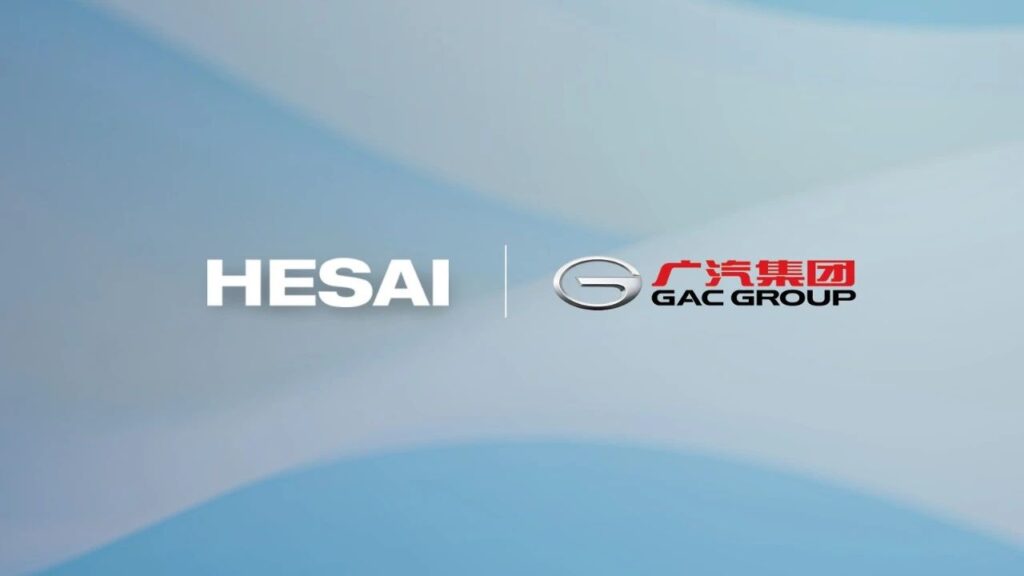
The deployment of Hesai’s LiDAR technology in GAC Group’s vehicles underscores the importance of robust sensing solutions in advancing autonomous driving capabilities and enhancing vehicle safety.
5. GM’s Cruise robotaxis are back in Phoenix — but people are driving them
- General Motors’ Cruise is restarting manual operations of its robotaxis in Phoenix after a pause of nearly five months, focusing on mapping and gathering road information.
- Cruise previously suspended its U.S.-based fleet operations following an incident in San Francisco involving a pedestrian.
- The company’s aggressive growth strategy, criticized for potential safety compromises, is now shifting towards a more cautious approach.
- Cruise plans to gradually return to fully autonomous operations with human supervision and continuous validation of technology.
- The company faces scrutiny over its handling of safety incidents and information disclosure, leading to increased regulatory oversight and restructuring within GM.
- Cruise aims to establish updated incident response protocols and improve engagement with first responders to ensure transparency and efficiency.
- While Cruise has not announced a timeline for resuming driverless operations, its main competitor, Waymo, continues to operate a driverless robotaxi service in Phoenix and San Francisco.
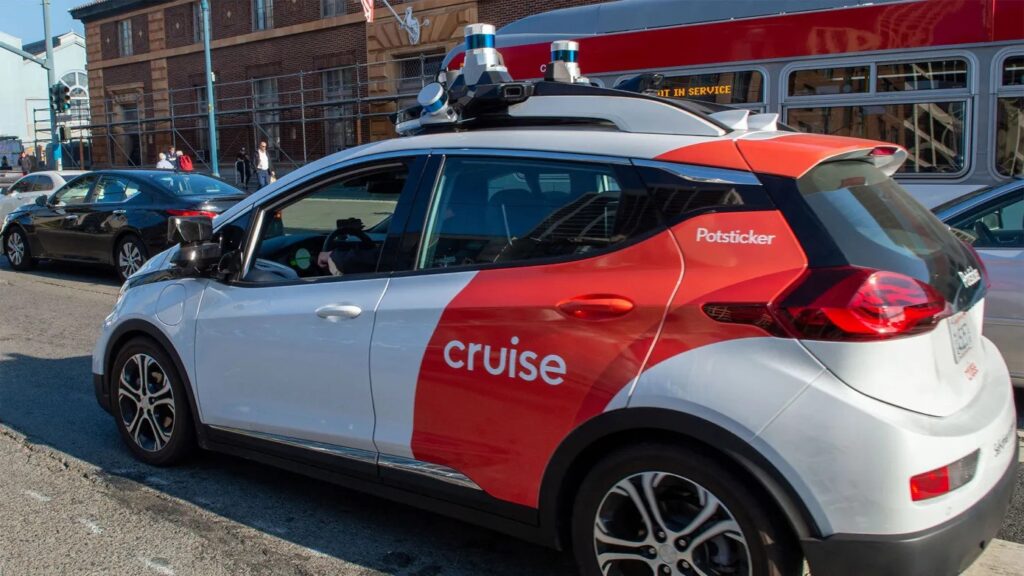
The restart of manual operations in Phoenix marks Cruise’s effort to rebuild trust and prioritize safety after facing criticism and regulatory challenges. Cruise’s focus on establishing robust incident response protocols and engaging with first responders reflects a commitment to transparency and accountability.
*Contents above are the opinion of ChatGPT, not an individual nor company

